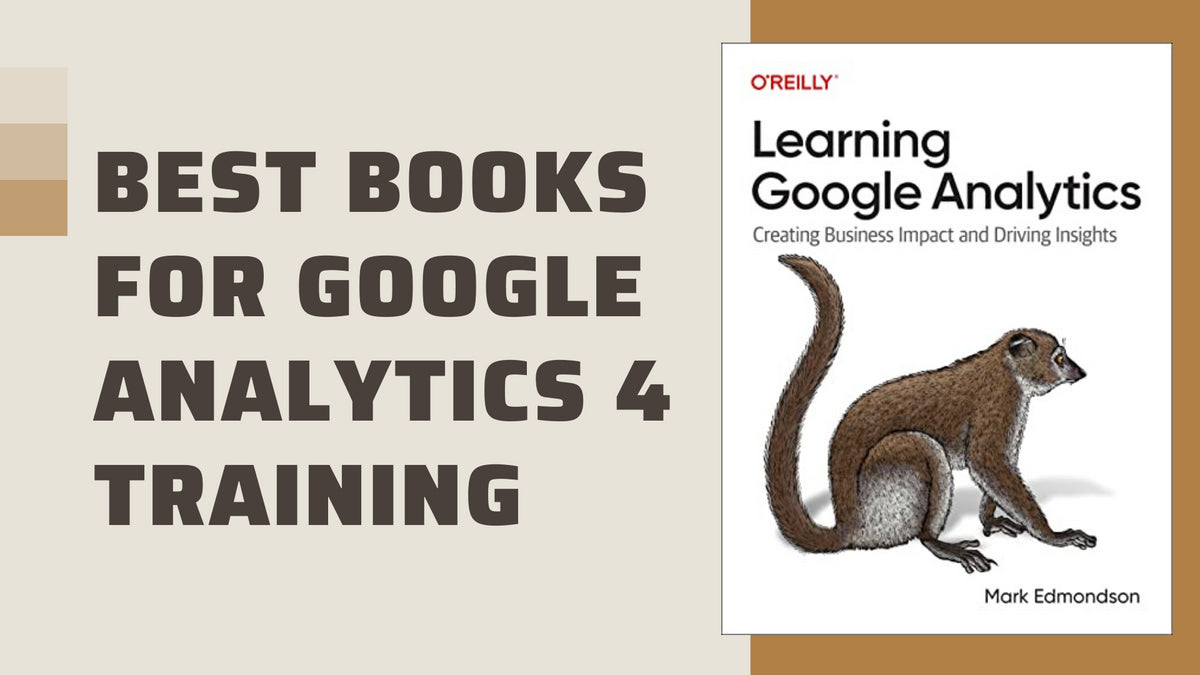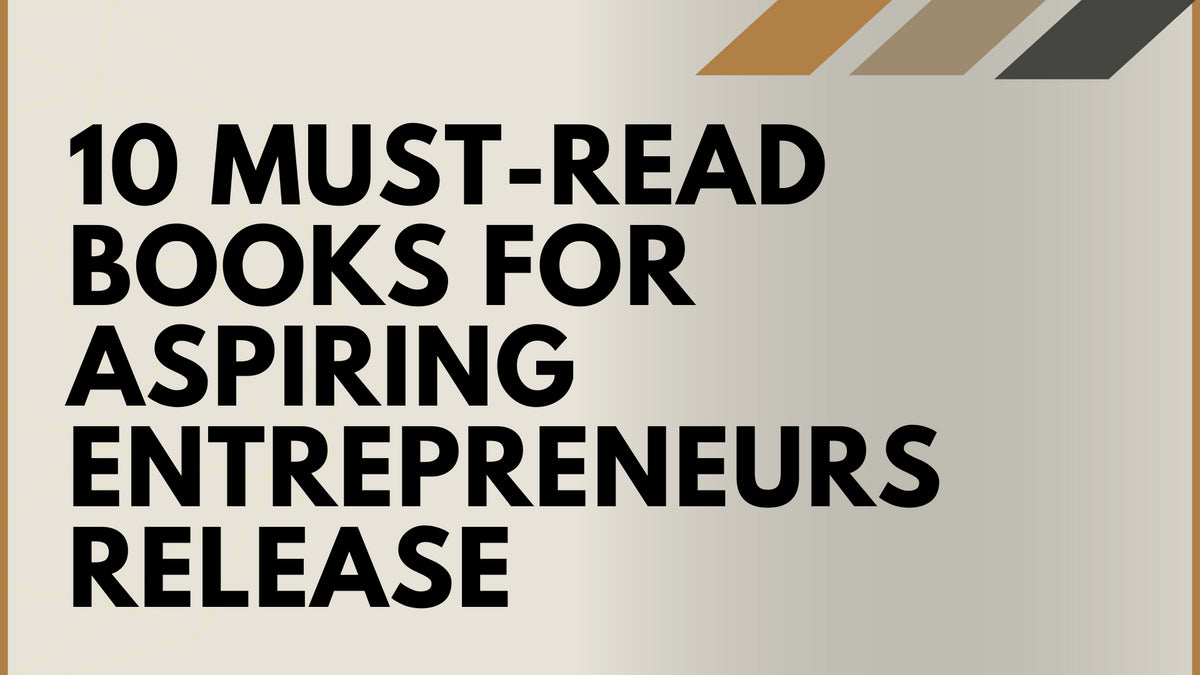Your Cart is Empty
Creativity, Inc. Book Summary: Unleash Team Creativity
Listen To This Article
How To Inspire Team Creativity
Many in business yearn to be creative. In a world filled with annual reports, spreadsheets, analysis and negotiations, many relish the opportunity to add a little artistic flair wherever possible, even giving untrained input into other departments’ work, such as marketing or public relations, where there are usually professionally accredited artists and/or designers already making those decisions.What many don’t realize is that even in organizations where creativity is a business standard, much more than individual creative whims go into the work. In Ed Catmull’s business book (co-written with Amy Wallace) Creativity, Inc., chronicles both the process and the history of one of the most profitable entertainment companies in history, Pixar, are recounted by one of the four founders of the company (the others being financier Steve Jobs, fellow computer scientist and inventor Alvy Ray Smith, and former lead animator and creative officer John Lasseter).
Key To Creativity In Teamwork
- The overall history of the digital revolution of arts and entertainment in academia and its further evolution under George Lucas
- The ability of creative thinking to solve complex problems in the workplace
- The importance of protecting the creative process in the workplace
- The most effective managerial style in implementing a creative-minded organization
- The melding of traditional creative thinking and the scientific/technological standards of testing, observing and recording new attempts at problem-solving

Featured In This Review
Creativity, Inc.
$13.29
A book that teaches how to leverage the creativity in your team to your advantage. What is takes to build an engaged workforce and world class work environment. Written by the former president of Disney & Pixar.
SHOP NOWCreativity, Inc. Book Summary
Catmull starts out discussing the need to solve problems in everyday situations, starting with the example of a traditional, long meeting table with people’s names arranged in a hierarchical manner. He makes the point that having a hierarchical setup for a creative project that involves dozens of people is not a good thing, as everyone’s brain power is equally needed to solve problems with a project. As a result, the company removed the old table and set up a new square-based seating arrangement, without a seating chart. Contrasting, but somehow supportive opinions on this can be found in the book The Messy Middle.
From here, Catmull segues into a mini-biographical and historical lesson, describing growing up in the late 1950s in Utah, being transfixed both on the stories and showmanship of Walt Disney’s weekly television shows and growing up in the prosperous post-World War II era.

He singles out the announcement of the Sputnik satellite launch and the American response of starting its own research agency (ARPA) to advance scientific progress locally. He speaks of his early artistic ambitions (without the requisite ability to make it) and his academic push into computer science in the late 1960s.
Most importantly, Catmull speaks of the foundations of his own managerial and project leadership taking place at his alma mater, University of Utah, where ARPA-funded programs were worked on for graduate-level college credit and the inspiration to animate using a computer took hold. This portion of the book is much like the story of Bill Gates told in the book Outliers.
Want to buy a book review like this?
Click here to learn how to get your book reviewed!
Moving onto his start at the New York Institute of Technology (NYIT), Catmull recounts hiring people like Alvy Ray Smith. It is here that Catmull makes it a point that he firmly believes in hiring people smarter than he is, which allows for a greater learning experience and a richer collaboration in the workplace. After NYIT, he began working for George Lucas in a new division at Lucasfilm Ltd.

This division’s primary goal was to create a revolutionary film editing system using digital media. It was here where Catmull found a managerial mentor in Lucas, a future partner in hiring Disney’s John Lasseter and both a mentor and partner in future financier Steve Jobs.
The story of Pixar as a company is a well-documented one; its initial business was selling Pixar computers to companies, it added commercial animation production and took its final form as the most successful independent animated film company since Walt Disney, Inc. Catmull continues on with that story, again with side trips into his own journey as a business manager, learning how to deal with Steve Jobs on a regular basis, and the historic lessons of a quality control expert by the name of W. Edwards Deming.

Where Creativity Inc. shines is in the details that seldom get shared with the general public.Catmull speaks of needing to deal with way more internal strife with production employees and the need to be receptive to the internal office environment in order to ensure a steady and reliable workflow, as well as the need to keep a peak employee morale. He also makes a point that management’s open-door policies do not mean that issues aren’t still being addressed.
At the core of the book, Catmull insists upon the guiding principles of creating a culture of candor and the need for respect and equality amongst all employees, not only in terms of basic interaction, but also in terms of suggestions and opinions. It is this which is the foundation for a creative company to thrive. The topic of company culture and building a place where people are heard and encouraged is discussed in great detail in the book Small Giants.
About The Author Ed Catmull
Ed Catmull is a successful retired computer scientist and business executive. He was born and raised in Salt Lake City, UT, and a proud graduate of that state’s flagship university. His short film featuring a digitally animated hand was selected for preservation in the National Film Registry by the Library of Congress. He co-founded and ran Pixar, Inc., and retired as president of both Pixar and the Walt Disney Animation Studios.
Amy Wallace is a successful writer who spends her time writing mostly magazines, but also books. Her magazine work has been featured in The New Yorker, Wired and many others. Wallace is a freelancer, editor, and writes a column on creativity and innovation for the New York Times. In her past she has been a reporter on politics, education and entertainment. A two time Pulitzer Prize winner and best selling author, Wallace’s impressive track record of success and awards is something any writer would aspire to.
Want to buy a book review like this?
Click here to learn how to get your book reviewed!
Leave a comment
Comments will be approved before showing up.
Also in Books

The Best Books for Google Analytics 4 (GA4) Training
Unlock the secrets of Google Analytics 4 with our curated list of the best GA4 training books for 2023! Dive deep into actionable insights, master advanced techniques, and lead the digital analytics revolution. Don't get left behind; discover the ultimate resources to dominate GA4. Click now to elevate your skills!
Read More
10 Must-Read Books for Aspiring Entrepreneurs
Do you dream of starting your own business? If so, you need to read this article! We've compiled a list of 10 must-read books for aspiring entrepreneurs. These books will provide you with the knowledge and inspiration you need to turn your dream into a reality. Click here to read the article and learn more!
Read More
Top 15 Books on Personal Finance
Are you looking for a safe and informative place to learn about personal finance? If so, you've come to the right place! This article discusses the top 15 personal finance books on the market, all of which are sure to help you improve your financial situation without any explicit sexual descriptions or that is sexually suggestive in nature or is primarily intended to cause arousal.
Read More